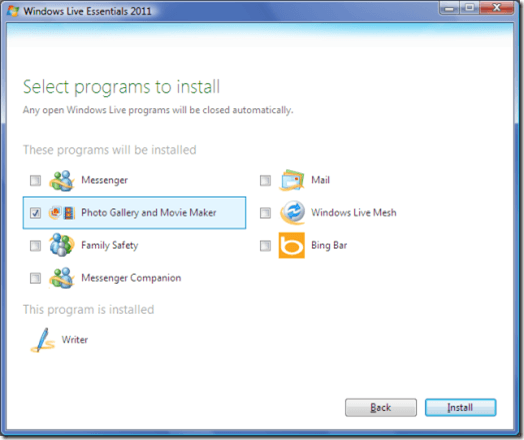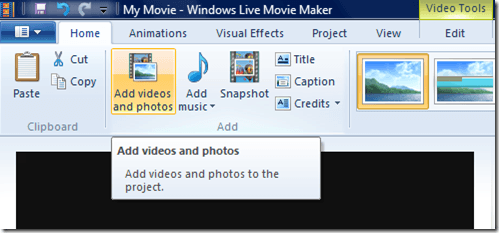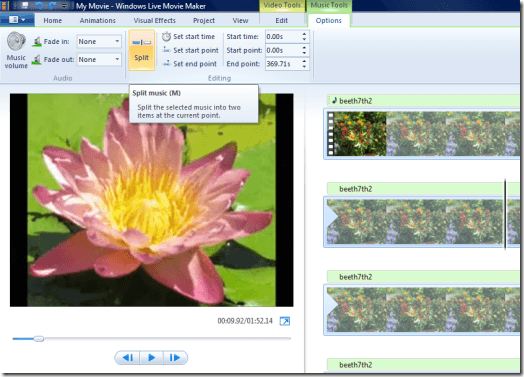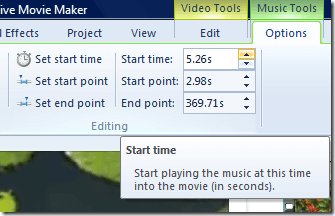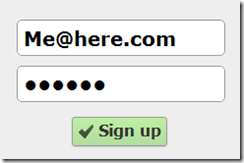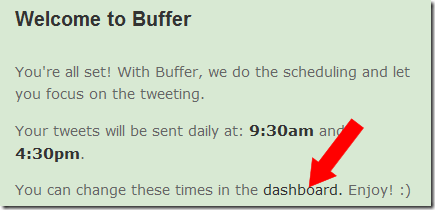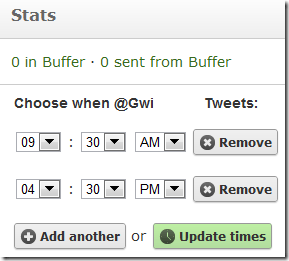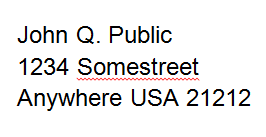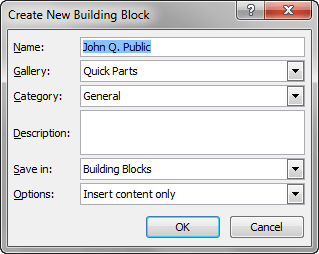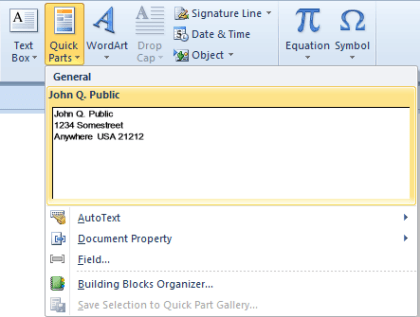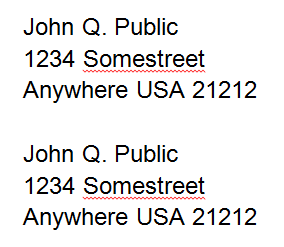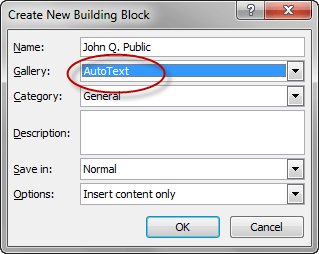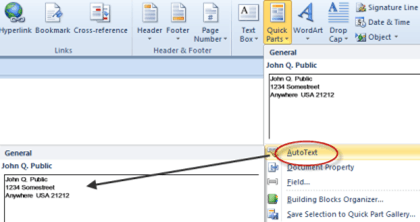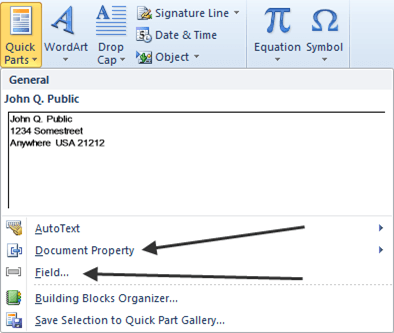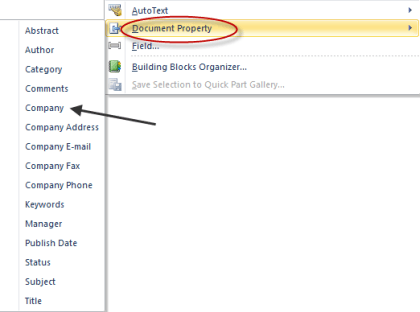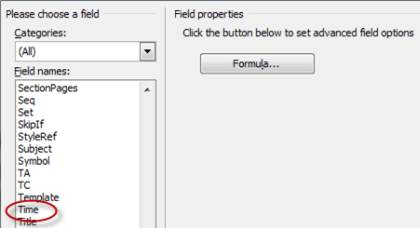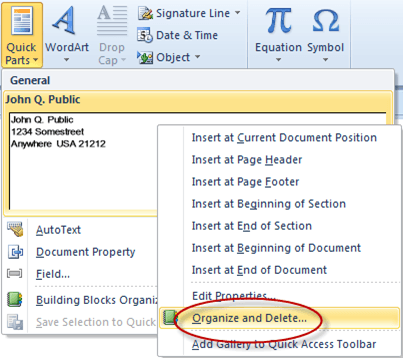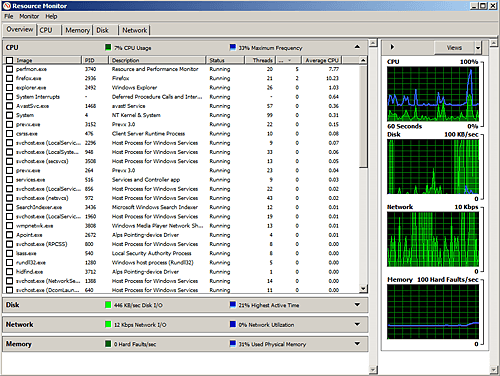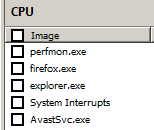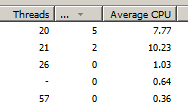Computer Tips From A Computer Guy |
| Edit Sound in Windows Live Movie Maker Posted: 31 Mar 2011 04:22 AM PDT Windows Live Movie Maker makes it easy to edit the sound track in your movie projects. While its tools aren’t very advanced, and you can only have one sound track at a time, Windows Live Movie Maker does allow you some control over the sound in your videos. You can use these sound editing tools to add pre-recorded music, sound effects and narration to your videos. If you haven't already, you can install Windows Live Movie Maker by installing Windows Live Essentials. After you start the installer, just click Choose the programs you want to install. Then click Photo Gallery and Movie Maker and click Install. To get started, start Windows Live Movie Maker and select the Home tab. Then click Add videos and photo files to add your video or image files to your movie project. Then click the Add music button. The sound file types you can use with Windows Live Movie Maker include WMA, MP3, WAV, AIF, AIFF, M4A and OGG. When you’ve found and selected the sound file you want to use, click Open. The sound file will automatically be added to your movie project. Click the Music Tools tab. Select the sound track in your video project. Select the Music volume button. Move the slider to the left to lower the volume. Move it to the right to raise the volume. Select the drop-down menu beside Fade in. This option will cause the beginning of your sound track to slowly increase in volume as it starts. Choose Slow, Medium or Fast, depending on how quickly you want the track to fade in. Select Fade out to apply a similar fading effect to the end of your audio track. Keep in mind that this option fades the sound in or out at the beginning or end of a sound clip, not at the beginning or end of your video. If you have multiple sound clips in your movie project, make sure you select the right ones when adding a fade effect. If you want to divide a single sound clip into several sound clips, select the point in your video where you want to cut the sound track. Then click the Split button. This will split only the sound track into multiple clips, leaving your video intact. Once you've split your sound clips, you can click and drag them around your video or right click to Cut, Copy and Paste them to another location. The Start time, Start point and End point will usually be set automatically. However, you can edit these values manually if you need to. Select a value and press the up and down arrow buttons to trim or extend the sound track. If there is a conflicting sound track on your video file, click the Video Tools tab. Select the video track, then select Video volume. Slide the slider all the way to the left to completely mute the volume on the video track. For more tips, read Import Network Files into Windows Live Movie Maker.
Related postsCopyright © 2007 Online Tech Tips. Aseem Kishore (digitalfingerprint: a59a56dce36427d83e23b501579944fcakmk1980 (74.125.94.82) ) Post from: |
| Send Continuous Tweets the Easy Way Posted: 30 Mar 2011 05:12 AM PDT The most popular Twitter feeds are the ones with constant, consistent tweets sent throughout the day. Obviously, sending tweets all day is time consuming, so most people write a mass of tweets at one time, then schedule them to be sent at specific times. Buffer is an extremely easy way to schedule tweets, especially for Chrome users. Click the big, green Sign up for Free button to register for the service. Enter your email address and a password, then click Sign up. You must then give the app access to your Twitter account. Click Add an Account, then allow the app to access your Twitter on the screen that follows. You are then redirected back to your My Buffer page. From here, you can enter all of your tweets—up to 10 for free—and the entered tweets will send twice a day, at 9:30 AM and 4:30 PM. This works from any browser, but you can download an extension to do all of this straight from within Chrome by clicking the link on the top right of the page. The Chrome extension sits next to your address bar. Click it, and a box appears for you to quickly enter a tweet. To change the time interval for when tweets are sent, click the dashboard link in the green box beneath the tweet entry box. Use the dropdown selections to change the automatic times, or click add another to set another time for tweets to be sent. Buffer is definitely an easy way to tweet. Depending on the time interval set, it is possible to set all of your tweets for an entire week at one time. Paid accounts are allowed to store more tweets—up to 50 for $5 a month, and unlimited for $30. The easiest way to use Buffer is from the Chrome extension. We hope the service will eventually create extensions for other popular browsers, as this is what sets it apart from the many other tweet schedulers on the market.
Related postsCopyright © 2007 Online Tech Tips. Aseem Kishore (digitalfingerprint: a59a56dce36427d83e23b501579944fcakmk1980 (74.125.94.82) ) Post from: |
| You are subscribed to email updates from Online Tech Tips To stop receiving these emails, you may unsubscribe now. | Email delivery powered by Google |
| Google Inc., 20 West Kinzie, Chicago IL USA 60610 | |



